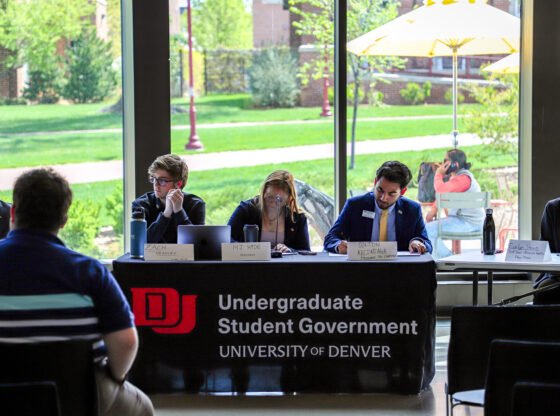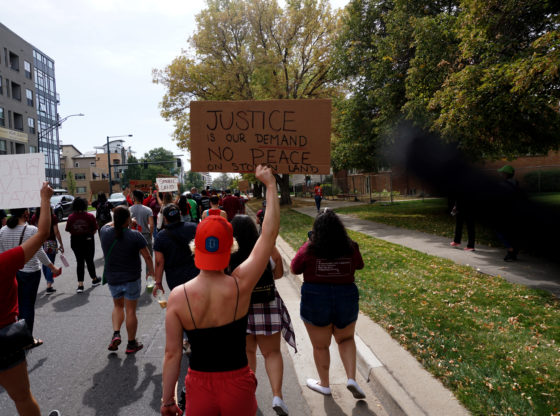More than just students have returned to college this fall, as September rings in new coronavirus outbreaks around college campuses. Across the state, colleges have taken different approaches to this common enemy, and some are proving more successful than others.
Colorado College was the first university in Colorado to fall to COVID-1. On Sept. 1, just a few weeks into their first “block” of classes, the private college announced they would be transitioning to online classes for the remainder of the semester. Hundreds of students were asked to move out of on-campus housing by Sept. 20. This came after multiple dorms were forced to quarantine due to outbreaks, causing disruption on the Colorado Springs campus. These widespread quarantines are the result of students breaking the college’s social distancing protocols, according to the Colorado Sun.
A similar situation is also unfolding just north of Denver at the University of Colorado Boulder. Since the first day of the semester, there has been a considerable surge in cases on both the Boulder campus and in the surrounding area. So far, there have been nearly 1400 confirmed cases among students, creating the largest COVID-19 outbreak the state has seen thus far. CU Boulder administration initially asked students to voluntarily quarantine a few weeks into classes, only to eventually move to all online classes until the situation can be re-evaluated on Oct. 7.
“Last week, the university ran out of main campus dorms to house students who got COVID-19, so they had my dorm evacuate to create another quarantine dorm,” explained CU Boulder freshman Andrea Barron Salazar. “That ruined everything.”
The most current restrictions come from Boulder County Public Health on Sept. 24, prohibiting 18-22-year-olds from gatherings of any size until at least Oct. 8. This is targeted toward CU students who continue to disobey COVID-19 guidelines, as the university hopes to avoid sending students home.
“It has changed so much,” continued Barron Salazar. “This week, we have gotten so many more restrictions about being outside of our dorm. It sucks. A lot of people don’t live in the same quarters as their friends, so they don’t have a chance to hang out with people. You are not able to do normal stuff anymore.”
Although seemingly better than Colorado College or CU Boulder, even DU’s skies are beginning to darken. On Sept. 24, the Denver Department of Public Health and Environment’s new public health order elevated DU to alert level yellow, piling on a few more restrictions related to social gathering sizes and face-covering mandates for student-athletes. This is a result of the county’s spike in positive coronavirus cases, a development mostly attributed to college students.
The University of Colorado Denver, a school with similar strategies to DU and showing much more success than its Boulder location, is also affected by Denver’s new public health order. Although most of the protocols outlined were already being enforced at both DU and CU Denver, strict mandates related to college athletics are new.
Currently, these new restrictions only apply to institutes of higher education, as Denver Public Schools continue with their plans to gradually reopen. Denver public health officials support this movement to reopen schools, saying it is unlikely the university outbreaks will affect grade-school children.
The new public health order does not change much for Denver college students, but city officials threaten additional restrictions if cases continue to rise. Although DU’s in-person classes continue, failure to slow the rising cases will result in similar fates to Colorado College and CU Boulder.











